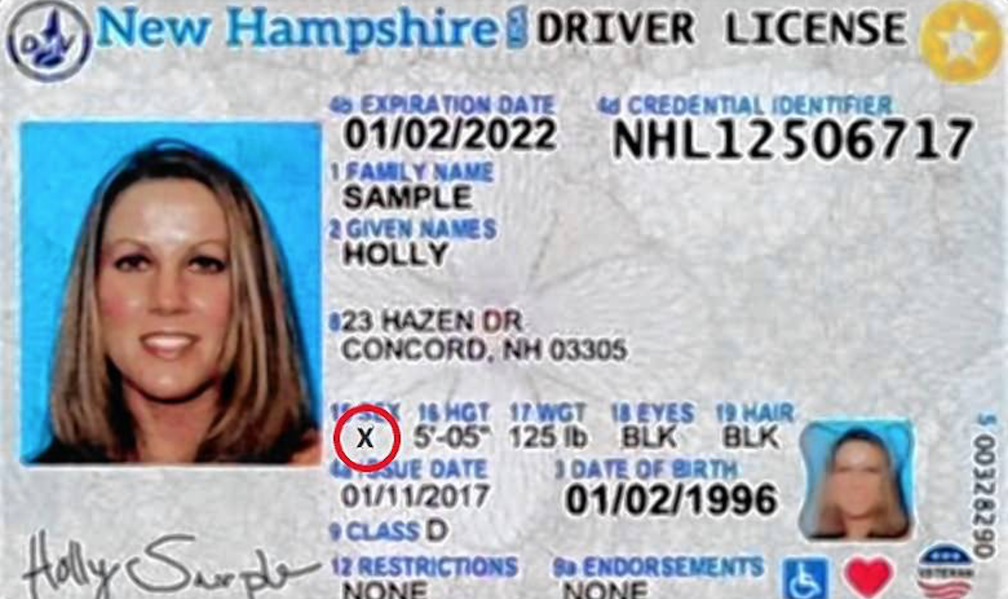


In many cases, the values in the source string are separated by a sequence of characters, a comma and a space being a typical example.

The resulting array (which is called a spill range) is highlighted with a blue border indicating that everything inside it is calculated by the formula in the upper left cell. In neighboring cells, the returned values spill automatically. Please note that, in both cases, the formula is only entered in one cell (C2). The second argument ( col_delimiter) is omitted in this case.įor instance, to separate the values in A2 into different rows, the formula is:

To split text across multiple rows, the third argument ( row_delimiter) is where you place the delimiter. To divide the contents of a given cell into multiple columns, supply a reference to the cell containing the original string for the first ( text) argument and the delimiter that marks the point where the splitting should occur for the second ( col_delimiter) argument.įor example, to separate the string in A2 horizontally by comma, the formula is:įor the delimiter, we use a comma enclosed in double quotes (",").Īs a result, each item separated by a comma goes into an individual column: to join the contents of multiple cells into one using a certain delimiter, TEXTJOIN is the function to use.īasic TEXTSPLIT formula to split a cell in Excelįor starters, let's see how to use a TEXTSPLIT formula in its simplest form to split a text string by a particular delimiter.


 0 kommentar(er)
0 kommentar(er)
